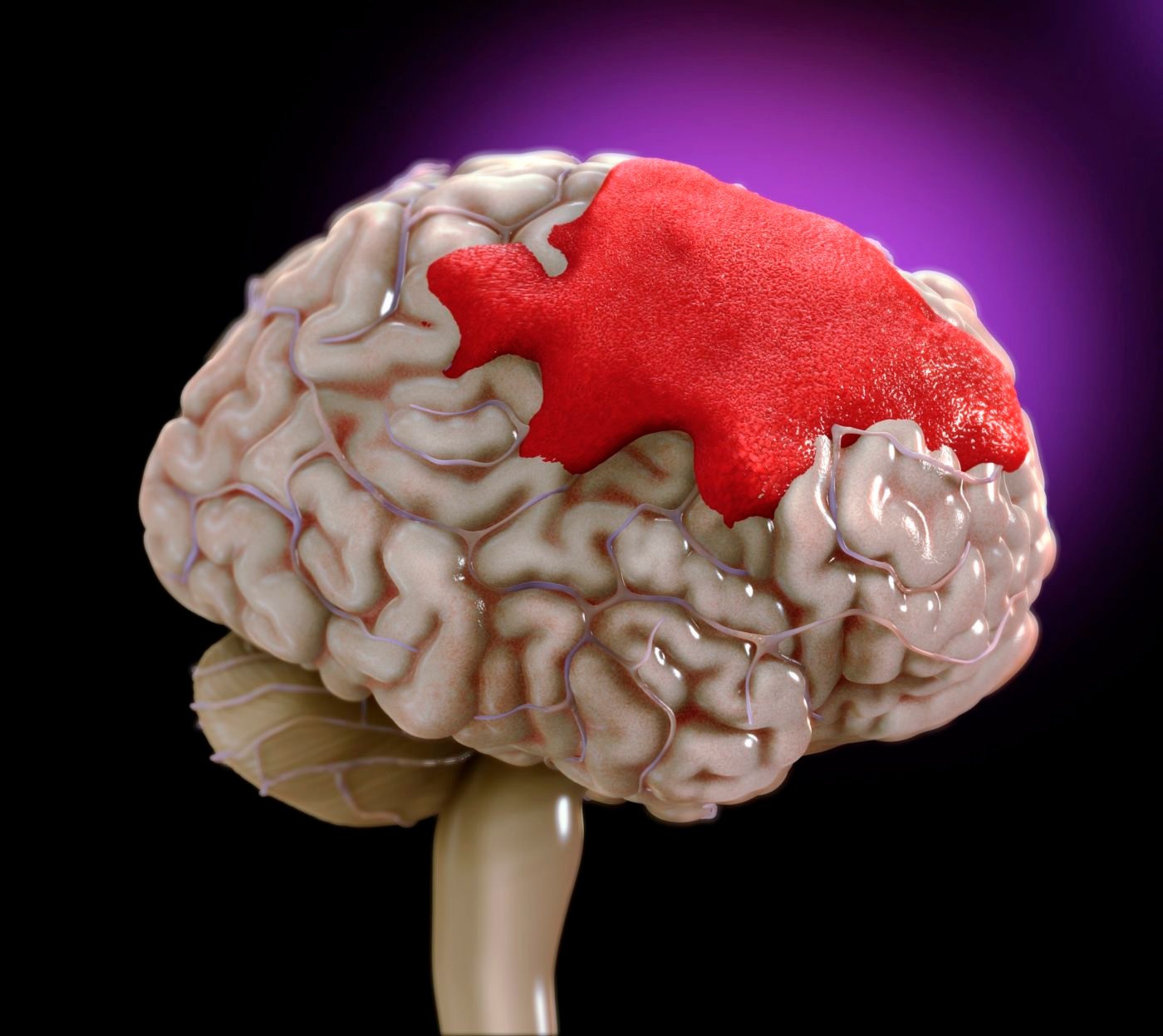Hydrocephalus:
Hydrocephalus is a neurological condition where an abnormal accumulation of cerebrospinal fluid (CSF) occurs in the brain. This leads to increased pressure on the brain tissues, potentially causing brain damage if not treated in time. Hydrocephalus can affect people of all ages, but it is more common in infants and older adults. Early diagnosis and timely treatment are essential for managing the condition effectively.
What is Hydrocephalus?
Hydrocephalus occurs when there is an imbalance between the production and absorption of CSF, the clear fluid that surrounds and protects the brain and spinal cord. CSF helps cushion the brain, removes waste products, and provides essential nutrients. When there is an obstruction in the pathways of CSF, or if the body produces too much fluid or absorbs it inadequately, it leads to a build-up of fluid in the brain’s ventricles (cavities), causing them to enlarge.
Symptoms of Hydrocephalus:
The symptoms of hydrocephalus can vary depending on the age group:
In Infants:
Unusually large head size
Bulging or tense soft spot (fontanel) on the top of the head
Vomiting and poor feeding
Seizures
Irritability or lethargy
Eyes fixed downward (sunsetting eyes)
In Older Children and Adults:
Headache
Nausea and vomiting
Blurred or double vision
Balance problems and difficulty walking
Urinary incontinence
Sluggishness, irritability, or changes in personality
Difficulty in concentrating or memory problems
Diagnosis of Hydrocephalus:
To diagnose hydrocephalus, a neurosurgeon may conduct the following tests:
Neurological examination to assess balance, coordination, vision, and cognitive abilities.
Imaging tests like CT scans, MRI scans, or ultrasound (especially in infants) to check for abnormalities and fluid build-up in the brain.
Intracranial pressure monitoring to measure pressure within the skull if necessary.
Treatment Options:
Timely and appropriate treatment is critical for managing hydrocephalus. The primary goal is to reduce and control the build-up of cerebrospinal fluid and relieve the pressure on the brain. Treatment options include:
Brain Shunt Surgery:
A shunt system is the most common treatment for hydrocephalus. It involves placing a thin tube (shunt) in the brain to divert the excess CSF to another part of the body, such as the abdomen, where it can be absorbed.
The shunt consists of a catheter, a flexible tube, and a valve that ensures CSF flows in the correct direction and at a regulated rate.
Regular monitoring of the shunt system is necessary to ensure it is functioning correctly.
Endoscopic Third Ventriculostomy (ETV):
This procedure is an alternative to shunt surgery. It involves creating a small opening in one of the brain’s ventricles to allow the CSF to flow freely out of the brain and relieve pressure.
ETV is generally recommended for certain types of hydrocephalus, such as those caused by a blockage in the brain’s pathways.
Importance of Post-Operative Care:
Post-operative care is vital for patients who undergo treatment for hydrocephalus. Regular follow-ups with the neurosurgeon, monitoring for any signs of shunt malfunction or infection, and maintaining overall health are crucial for managing the condition long-term.
Why Timely Treatment is Essential:
Delaying treatment for hydrocephalus can lead to severe complications, including brain damage, loss of cognitive function, and even death. Early diagnosis and intervention can prevent these complications, allowing patients to lead a better quality of life.
Conclusion:
Hydrocephalus is a serious condition that requires medical attention. If you or a loved one shows symptoms of hydrocephalus, consult an expert neurosurgeon for accurate diagnosis and treatment options. With advanced neurosurgical treatments like brain shunt surgery and ETV, hydrocephalus can be managed effectively, allowing individuals to regain their normal daily activities.







